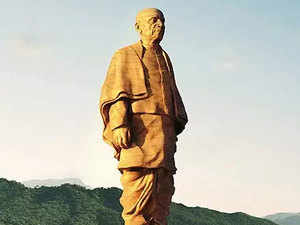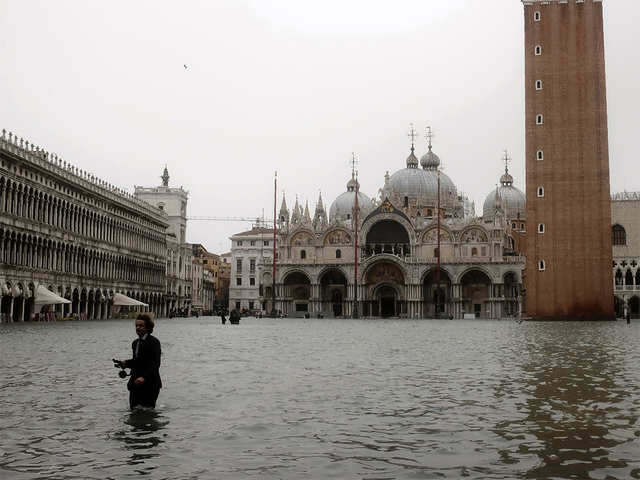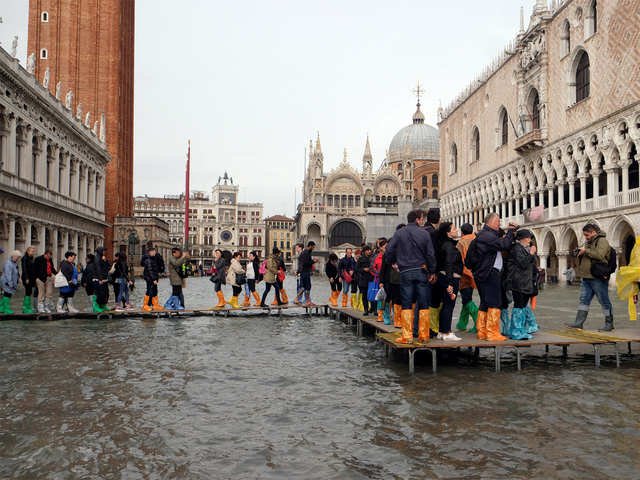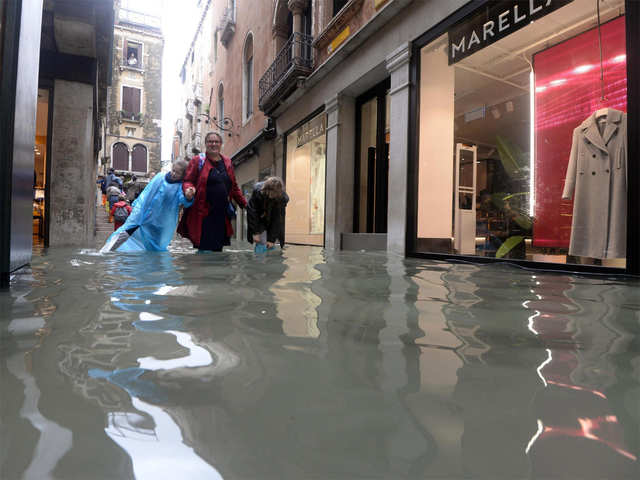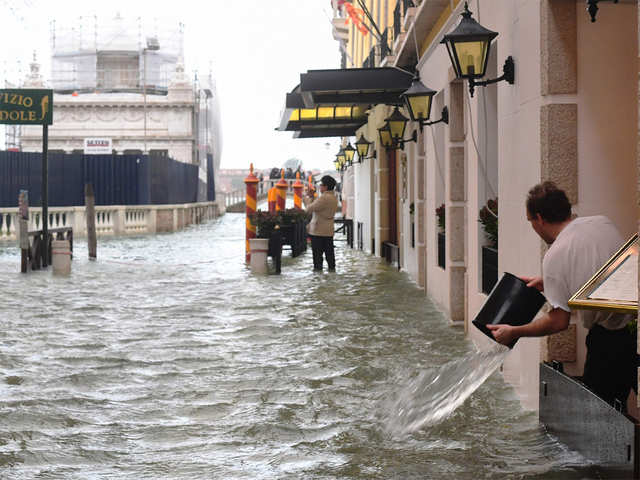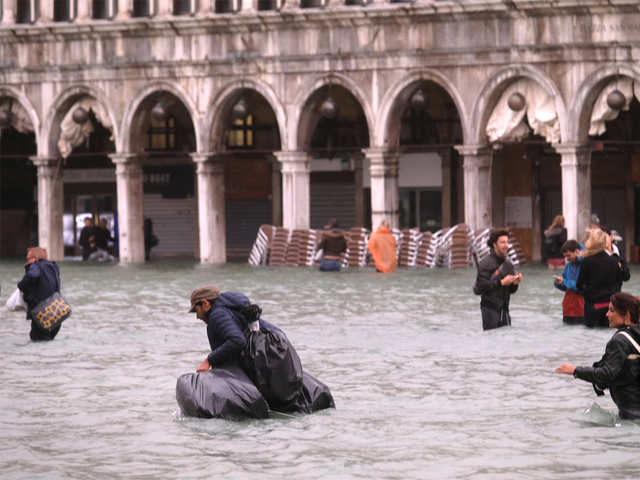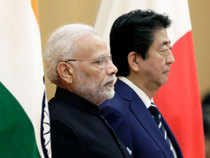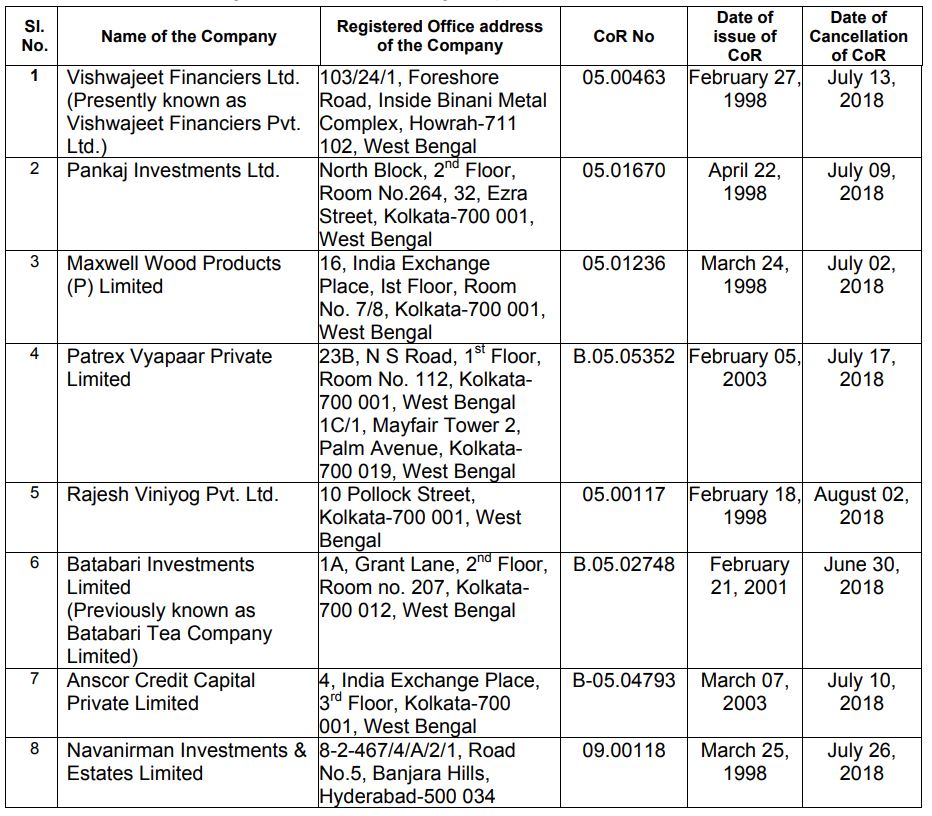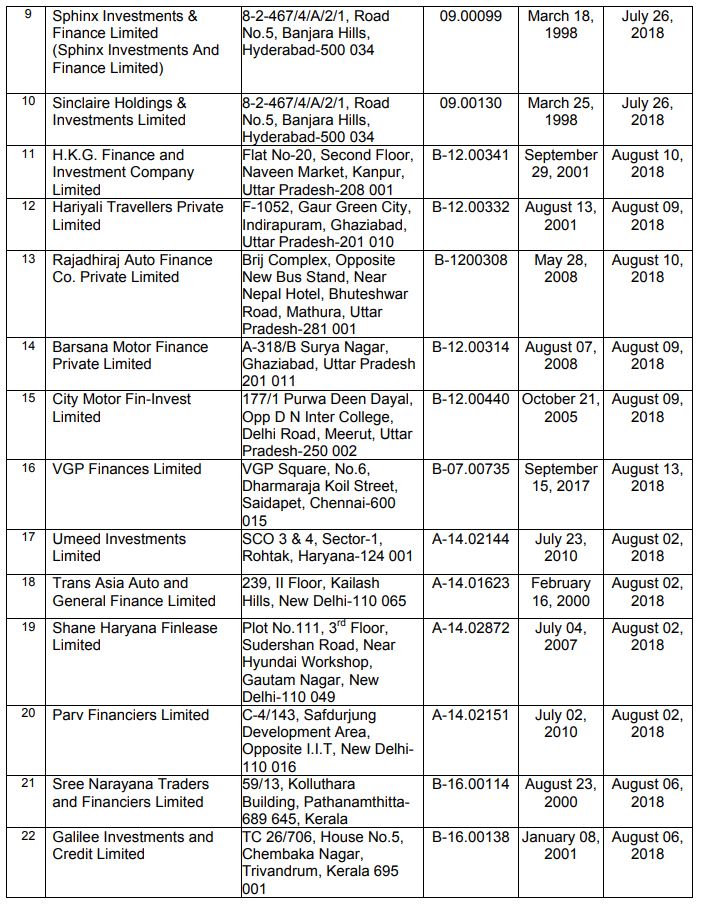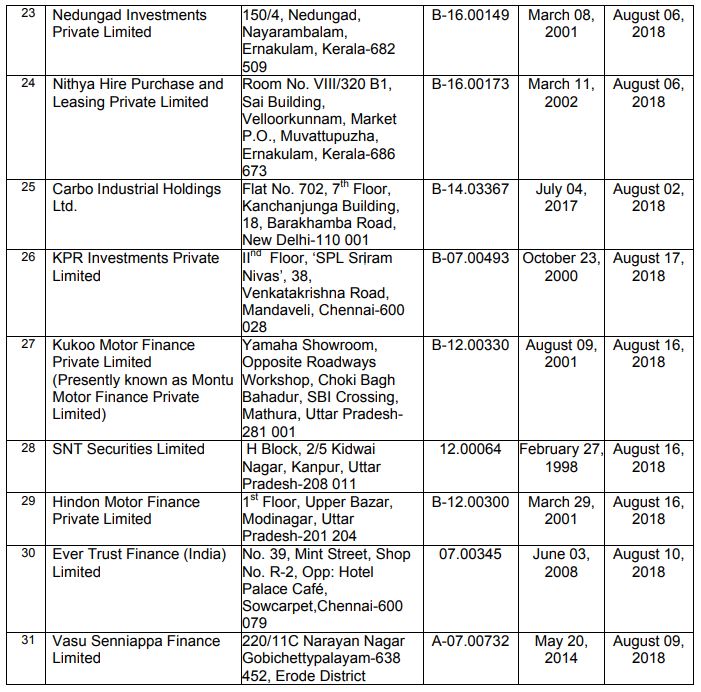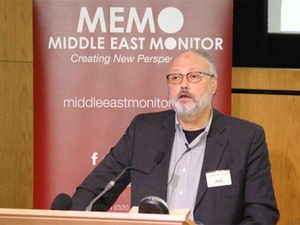One of the strongest known women in history, Indira Gandhi has been the second longest serving PM after her own father. Coming from a family of political legacy, she will always be remembered as the central figure of the Indian National Congress party.
Let's have a look at the highlights in the life of the woman of steel:
- Born to the most powerful family on November 19, 1917 -- she was the only child of India's first Prime Minister, Jawaharlal Nehru.
- She was named Indira Priyadarshini Gandhi by Rabindranath Tagore
- As a child, she formed a group of kids called the 'monkey brigade' to spy on police and distributed Indian flags.
- Indira had studied at the Visva-Bharati University in Santiniketan, Bengal (now West Bengal) under the tutelage of Rabindranath Tagore
- She was further educated in Swiss schools and at Somerville College, Oxford
- She was elected as the president of the Indian National Congress in 1960, and this was her first official introduction to active politics.
- After the death of father Jawaharlal Nehru, Indira also became a member of the Rajya Sabha and the Minister of Information and Broadcasting
- After Lal Bahadur Shastri's abrupt death in 1966, she succeeded him as the Prime Minister
- During her first term as PM, she nationalised 14 banks, and also garnered much support from public for agricultural improvements that led to India's self-sufficiency in food grain production
- In 1975, after she was convicted of an election offence and barred from politics for six years, she imposed Emergency.
- In the year 1980, she was re-elected to a fourth term
- She went to war with Pakistan in support of the independence movement and war of independence in East Pakistan, which resulted in an Indian victory and the creation of Bangladesh
- She continued to serve the nation at this post for almost 14 years, and became the second longest serving PM of India, after her father.
- In 1984, her Sikh bodyguards assassinated her a few months after she ordered the storming of the Harmandir Sahib in Amritsar to counter the Punjab insurgency
- Her bodyguards had fired 31 bullets at her, of which 30 had hit; 23 had passed through her body while seven were trapped inside her.
- So overwhelming was her political personality that during the election of 1971, opposition leader Atal Bihari Vajpayee hailed her as Goddess Durga.
